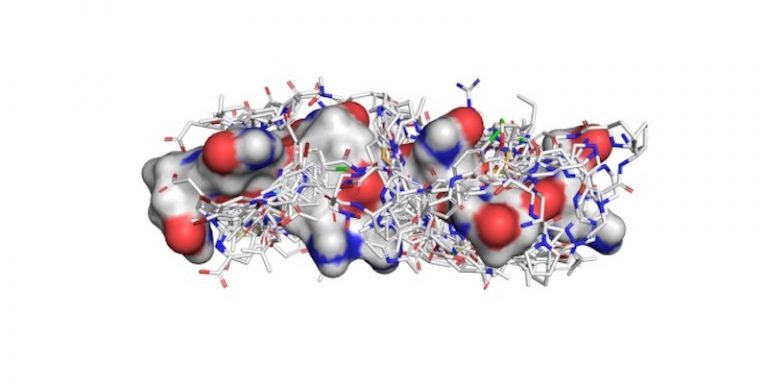
Huntington’s disease is the subject of research by several teams around the world. Last February, a research team from Sorbonne University, Inserm and CNRS had established, thanks to AI, a linkbetween the evolution of this pathology at the molecular level and the loss of compensation mechanisms and neuronal resilience. Another team, as part of the collaboration between the Catalan company Chemotargets and the American company Galyan Bio based in Berkeley, announced that they had discovered a new drug to fight this disease using artificial intelligence.
Artificial intelligence to fight Huntington’s disease
Huntington’s disease is a neurodegenerative disorder that affects thousands of people worldwide. There is currently no treatment for this disease. Galyan Bio and Chemotargets have partnered to develop a drug to fight the disease.
Designing treatments is a complex and painstaking process, requiring the manipulation of molecules to create new ones. As part of the partnership, Chemotargets has developed ProSurfScan, an AI-based drug design platform. Dr. Scott Boyer, CEO of Chemotargets, spoke about the importance of artificial intelligence in developing medical tools for Huntington’s disease drug design:
“First of all, we are grateful for the opportunity to contribute to a possible therapeutic alternative for Huntington’s disease patients. […] By using AI to assist in decision making in the design and development of new therapies, our mission will always be to facilitate the development of safer and more effective therapies in less time and at a lower cost than was possible in the past.”
An automated platform to generate effective drug molecule linkages
The ProSurfScan platform analyzes the targeted protein to perform a virtual census of all existing fragments. The retrieval of this data allows to know all the possible binding areas used in the design of a drug. Then, the algorithm automatically links the fragments together to determine which are the most effective linkages.
Dr. Marius Galyan, CEO of Galyan Bio, explained the use of the platforms provided by Chemotargets to find a drug that will potentially be exploited for Huntington’s disease:
“Developing new molecules through pharmaceutical chemistry has always been a laborious and expensive process. We used the Chemotargets drug discovery platforms to speed up the process considerably. Based on Chemotargets’ AI-based designs, we selected and tested 49 molecules. We exceeded our expectations, as we identified 6 molecules that could actually bind to our drug target. The optimization of one of these results led to a drug candidate for Huntington’s disease.”
Dr. Jordi Mestres, CSO for Chemotargets, spoke about using the ProSurfScan platform for other diseases:
“With the announcement of this new drug, we have tangible evidence that our designs are leading to the design of progressive bioactive small molecules that can be used in a drug discovery project. This means that our platform is ready to tackle other novel and challenging protein targets for which there are no therapeutic modalities.”
In the past, Chemotargets has developed CLARITY, software to analyze a new drug molecule and determine whether or not it is dangerous in the context of potential use. Composed of machine learning models trained on 4,799 proteins corresponding to nearly 3 million molecules, this tool can analyze 1,278 safety parameters. CLARITY is used by the Food and Drug Administration (FDA) in the United States.
Galyan Bio expects to start its clinical trials on Huntington’s disease in early 2022.
Translated from Chemotargets élabore une plateforme afin de trouver un traitement contre la maladie de Huntington









